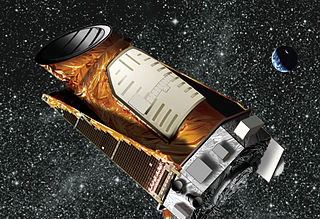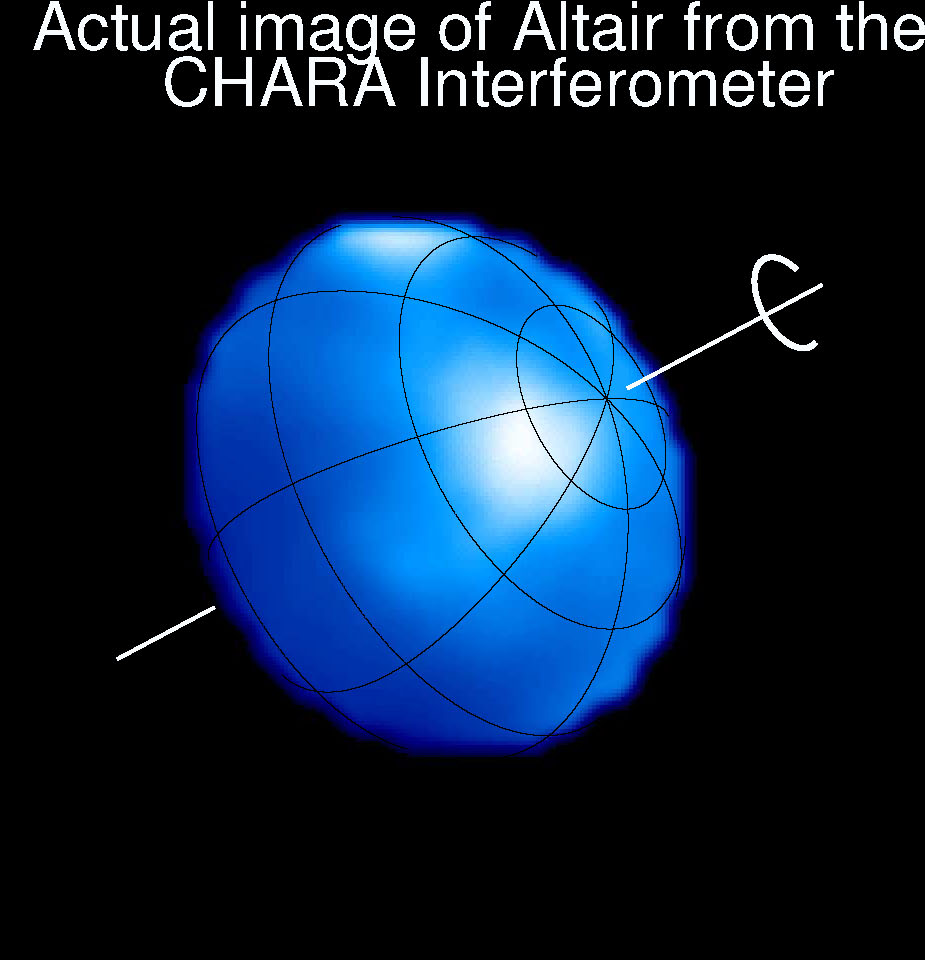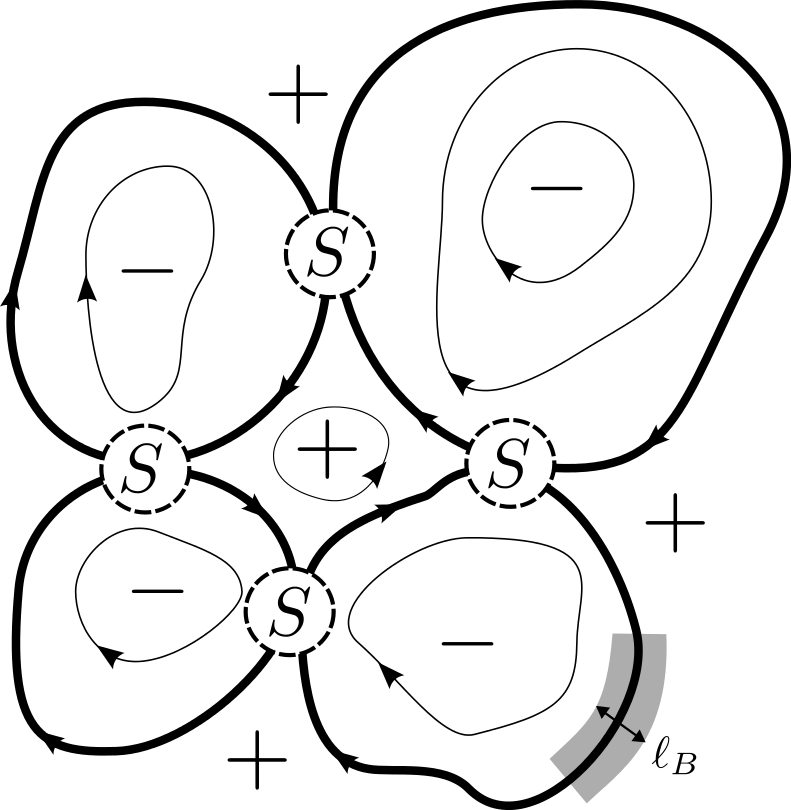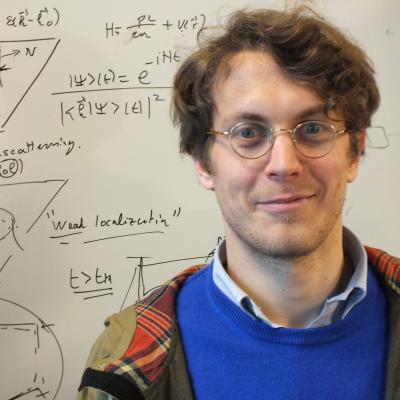Research Interests
Overview
My expertise and interests lie in the fields of:
- Mesoscopic physics and quantum transport
- Disordered systems
- Strongly-correlated systems
- Topological phases
Below is a brief description of some specific problems that I have been interested in.
Oscillations of stars that are deformed by their own rotation
Asteroseismology is a technique from the field of Astrophysics that aims at inferring the internal properties of stars from the monitoring of their surface oscillations. These ``starquakes’’, just like earthquakes here on Earth, are due to waves propagating below the surface, in their complex interior. Properties of these surface oscillations can be measured from high-precision Earth-based or space-based observatories, the Kepler space telescope being one recent example.

From the measured oscillation frequencies, useful predictions on the stellar interior can be drawn provided one has some a priori knowledge on the basic structure of the oscillation spectrum. For stars which are almost spherical, such as our closest star the Sun, the spatial and spectral structure of surface oscillations is well known, which allowed astrophysicists to make detailed predictions on the properties of their interior. However, contrary to the Sun, most stars rotate rapidly on their axes, which makes them strongly depart from spherical symmetry. As a consequence, the basic structure of their oscillation spectrum could not be obtained from the standard theoretical framework of asteroseismology.

By studying the oscillations in a generic stellar model deformed by rotation through high-accuracy numerical simulations, and using the theoretical framework of quantum chaos to interpret these results, we were able to show that the oscillation spectrum of rotating stars is a superposition of many different regular and irregular sub-spectra. Most importantly for asteroseismology, we managed to derive a mathematical formula satisfied by some frequency spacings in the regular spectrum. If these spacings are identified in observed spectra, it can indeed provide important constraints on the internal physical properties of rotating stars. Eventually, this should allow astrophysicists to test further the theories of stellar structure and evolution for massive stars that rotate rapidly.
Floquet topological insulator phases in network models



